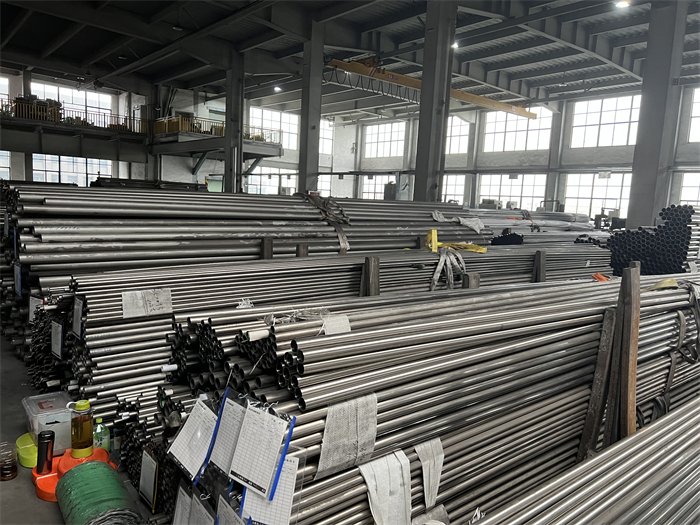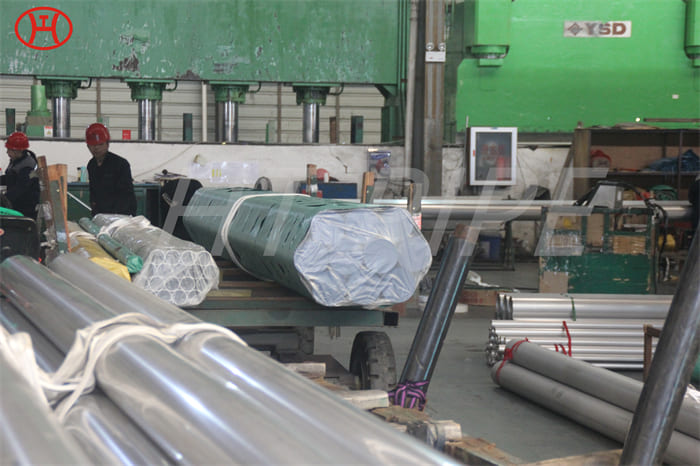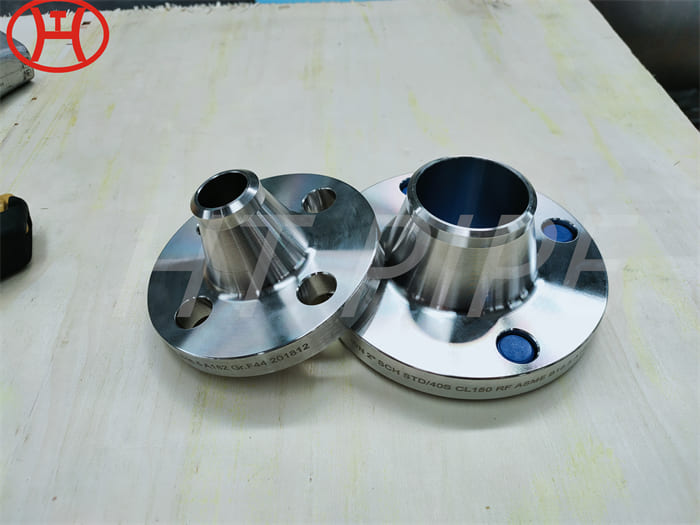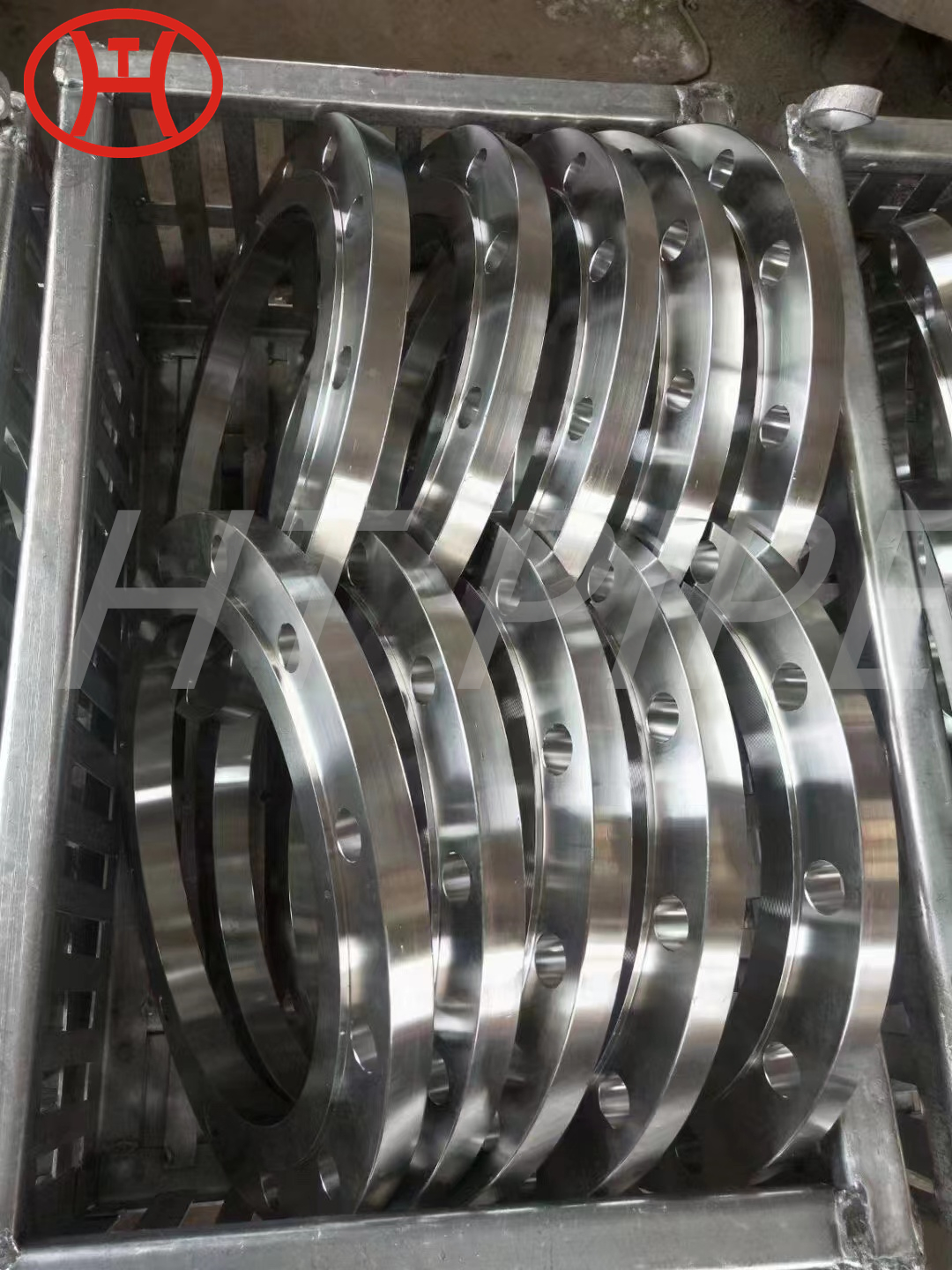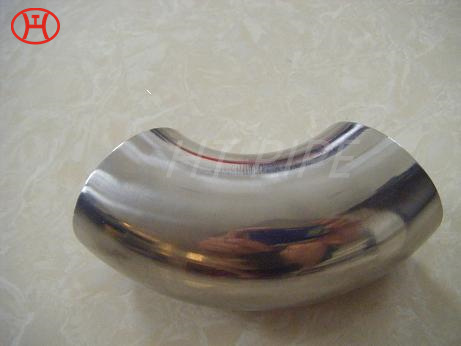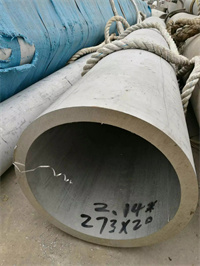The exhibition of Zhengzhou Huitong pipe fittings 316 S31600 thread elbows
Stainless Steel 316 is an austenitic grade designed with excellent nickel and chromium content. This grade also contains a small amount of silicon, which improves the oxidation resistance of the module. In fact, stainless steel 1.4401 is often used in process streams containing halides such as chlorides because of its resistance to said compounds. The addition of molybdenum to stainless steel 316 tube alloys not only improves resistance to chloride pitting but also general corrosion.
Alloy 316 food grade stainless steel is characterized by higher creep, fracture stress, and higher tensile strength properties even in high temperature environments. Similar to alloy grade 304, a common feature between the former i.e. stainless steel 304 and astm a312 tp316 ERW is that they can both form a passivating oxide layer on the pipe surface under oxidizing conditions. Thereby preventing the ss 316 erw pipeline from being susceptible to atmospheric oxidation and corrosion.












































































































